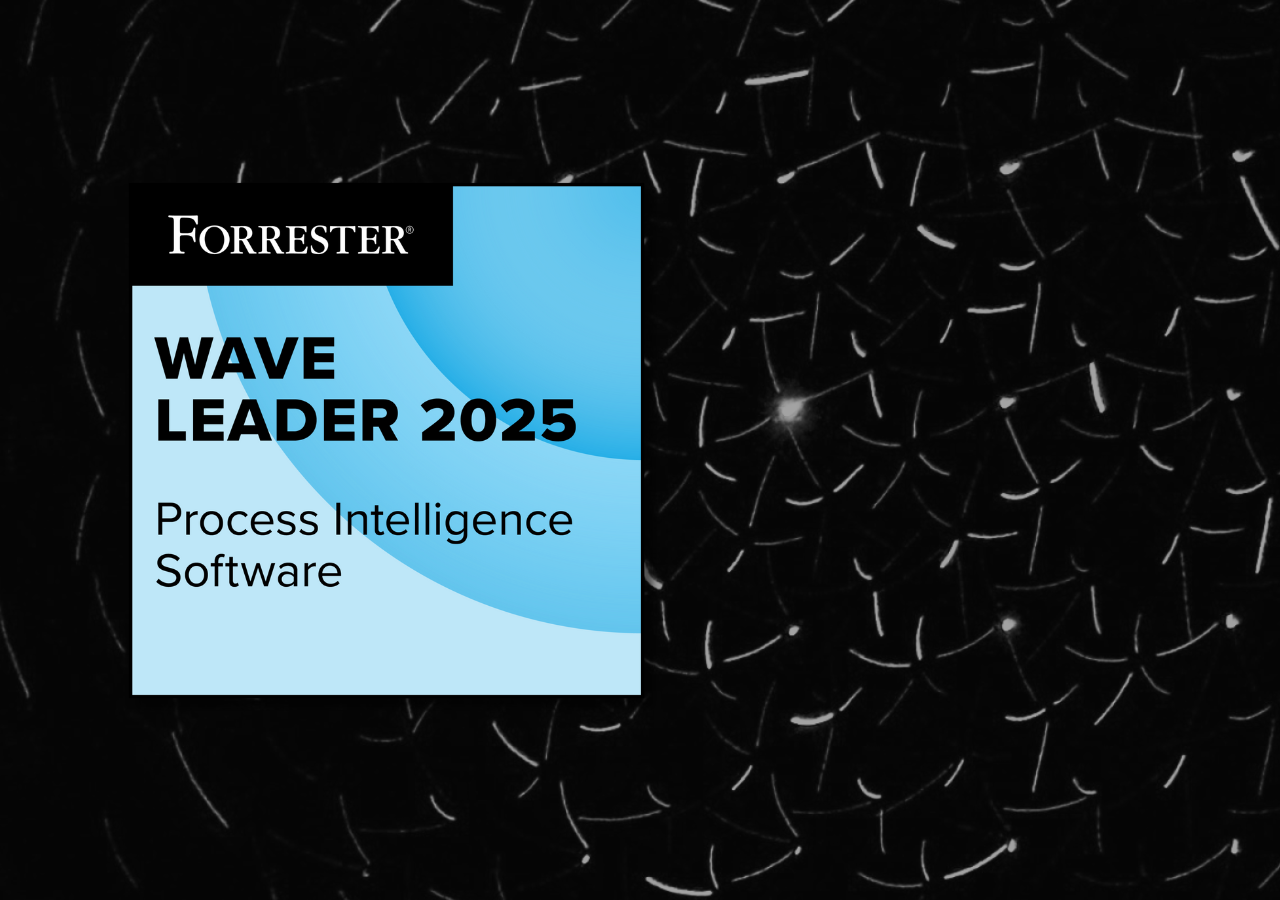- Partner
Business Process Management
Accelerate your process improvement journey with a structured approach to documenting, designing and optimizing your end-to-end operations.
Business Process Management for Operational Excellence
Unlock total process visibility and control
Organizations need complete clarity and control over their business processes to drive transformation, reduce risk, and achieve operational excellence. Well executed BPM projects can deliver between 30-50% gains in productivity and improve customer satisfaction levels by 30%. Tap into the power of an end-to-end Business Process Management (BPM) solution that empowers cross-functional teams to document, analyze, improve, and govern processes at scale.
Discover the Benefits of BPM
Our advanced business process management solution has a track record of delivering:

Operational Visibility
Document and visualize process execution for complete transparency into operational performance

Higher Efficiency
Save time and money with the ability to remove bottlenecks and delays slowing down your operations

Faster Decision-Making
Use actionable insights to uncover areas for optimization, AI and automation and design ideal future processes

Better Collaboration
Centrally store and manage all process information to ensure alignment, risk management, and continuous improvement

Reduced Risk
Document controls and enforce compliance, avoiding audit risk, regulatory violations, and business interruptions
Features
Build Comprehensive Models
Develop visual BPMN, VSM, and Customer Journey models with a set of professional modeling tools, powered by a market-leading user experience. Easy to get started, robust to scale with your needs.
Create process models using natural language or document uploads with Pia, our Process Intelligence Assistant. Pia democratizes the modeling experience so that everyone can be a participant, regardless of technical expertise.
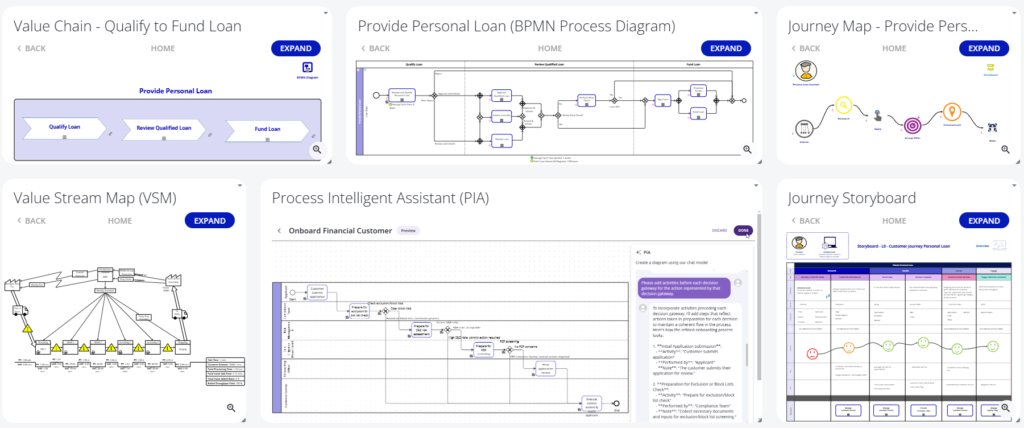
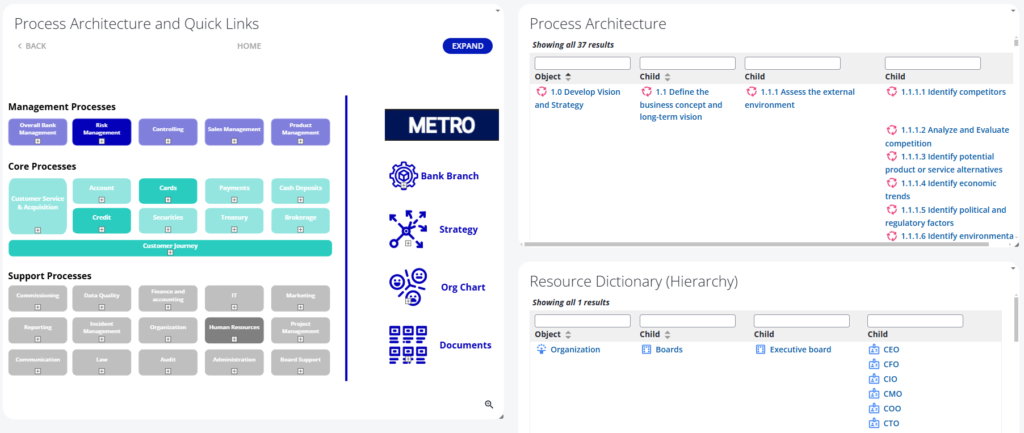
Establish a Strong Process Governance Framework
Define, document, and manage business processes in a centralized platform to ensure consistency and accountability across departments.
Standardize workflows, roles, and responsibilities to minimize risk and ensure compliance with industry regulations and internal policies.
Enable Cross-Team Collaboration & Continuous Improvement
Break down silos by enabling teams to collaborate on process design, execution, and optimization.
Secure buy-in with automated governance cycles for review, approval, endorsement, and acknowledgement.
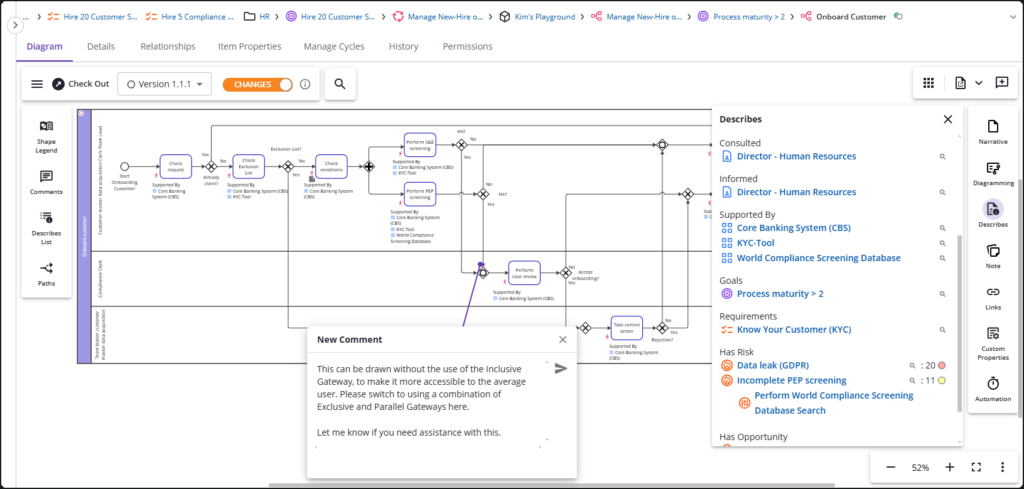
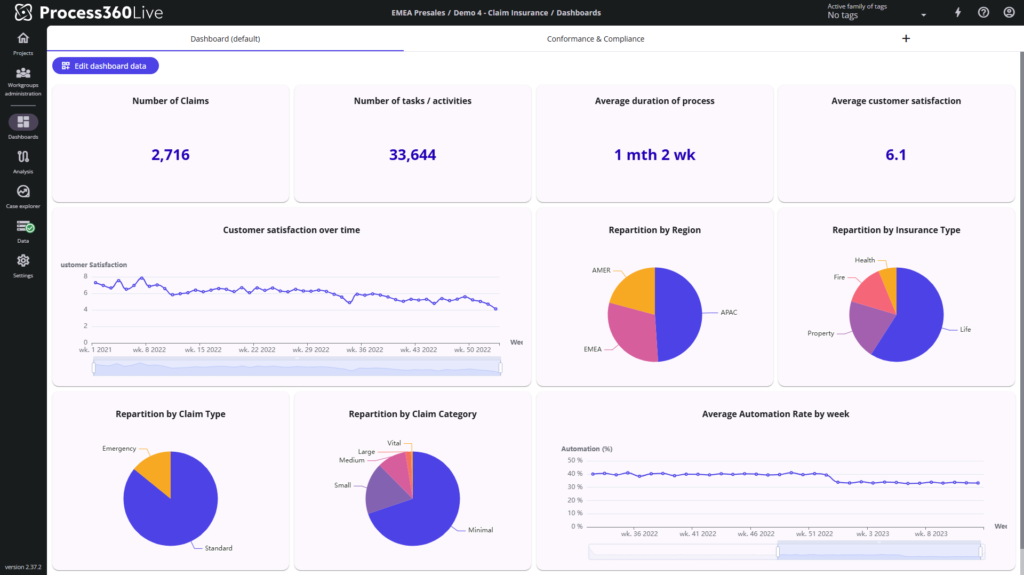
Measure, Monitor & Optimize Process Performance with Process Mining
Process Mining reveals how processes are actually executed by analyzing core system data, providing an objective foundation for process improvements.
Track key process metrics to gain insights into efficiency, cycle times, and resource utilization. Use data-driven analysis to identify process gaps, implement improvements, and continuously refine workflows for maximum effectiveness.
Align BPM with Strategic Business Objectives
BPM is more than just managing processes—it’s about driving business transformation through context.
The Process Repository connects processes to the strategies and goals they support, as well as the people, systems, risks, controls, and requirements that support the processes.

Don't just take our word for it
Schedule a personalized demo today to see the Process360 Live platform in action
Why Companies Choose iGrafx
Your path to better processes starts here.
01
Unified Platform
Tap into the power of a process intelligence platform, combining process mining, modeling, simulation, and predictive analytics. Manage and optimize processes from a centralized process repository to drive continuous improvement initiatives.
02
Simulation
Use process simulation to identify positive and negative consequences of every change. Run what-if analyses to assess change impact, forecast ROI, and optimize decisions – without costly trial and error.
03
Time-to-Value
Accelerate transformation with rapid time-to-value. Skip the interviews and whiteboarding – model complex processes with the help of GenAI through SOP upload and natural language conversations.
How Organizations Use iGrafx BPM
Make faster, smarter decisions to improve the way processes work in your organization.
Banking & Financial Services
Model and analyze core processes like loan approval, customer onboarding and transaction processing. Improve overall operational efficiency, ensure customer satisfaction, and comply with regulations like KYC and AML.
Healthcare
Discover and optimize processes across every patient touchpoint, including admissions, claims processing, and care coordination. Make improvements that reduce costs, improve the quality of patient care, and ensure compliance.
Insurance
Document and standardize key processes including claims management, customer onboarding, and underwriting. Make fast, informed decisions, such as where to deploy automation or AI, mitigate compliance risks, and keep customers satisfied.
Manufacturing
Proactively optimize critical manufacturing processes like procurement, production, and order management. Understand where resources can be better used, reduce operating costs, and comply with regulations and standards like ISO 9001 and OSHA.
Deliver Processes That Transform


Digital Transformation


Reduced Risks


Complete Visibility
Resources
Ready to get started?
We’re here to help your organization unlock the power of process intelligence.
You have questions, we have answers
What is meant by Business Process Management?
Business Process Management (BPM) is a systematic approach to making an organization’s workflow more effective, efficient, and adaptable. It involves continuously analyzing, designing, executing, monitoring, and optimizing business processes with the aim of aligning processes to an organization’s strategic goals, improving performance, reducing costs, and enhancing customer satisfaction. BPM utilizes various methods, technologies, and tools to achieve these improvements, fostering agility and resilience in a dynamic business environment.
What is the primary goal of Business Process Management?
The primary goal of Business Process Management (BPM) is to optimize an organization’s overall performance by making its processes more efficient, effective, and adaptable. This involves continuously identifying, analyzing, and improving workflows to align them with strategic objectives. Ultimately, BPM aims to reduce costs, enhance productivity, improve customer satisfaction, and enable greater agility to respond to changing market conditions and business needs.
What is the BPM methodology?
The BPM methodology refers to a structured, systematic approach for managing and improving an organization’s business processes. While specific methodologies exist (like Six Sigma or Lean), a common lifecycle involves several phases:
- Define: Identify and understand the existing process and its goals.
- Model: Create a visual representation of the process, often using tools like BPMN.
- Execute: Implement the newly designed or improved process, potentially with automation.
- Monitor: Track performance metrics to assess effectiveness and identify issues.
- Optimize: Continuously refine and enhance the process based on monitoring data, leading to ongoing improvement.
This iterative approach ensures processes remain aligned with strategic objectives and adaptable to change.
What are the 5 stages of BPM?
The Business Process Management (BPM) lifecycle typically consists of five key stages, forming a continuous loop for improvement:
- Design: This involves identifying and mapping out the “as-is” process, understanding current workflows, and envisioning the ideal “to-be” process.
- Model: Creating a visual representation of the process to simulate and analyze its flow, identifying potential bottlenecks or inefficiencies.
- Execute: Implementing the designed process, which can involve automation, system integration, and training personnel.
- Monitor: Tracking key performance indicators (KPIs) and metrics to assess the process’s effectiveness, identify deviations, and gather data.
- Optimize: Continuously refining and enhancing the process based on monitoring data, making adjustments to improve efficiency, reduce costs, and achieve better outcomes.
What are the three key components of a BPM system?
A BPM system, often referred to as a Business Process Management Suite (BPMS), typically has three key components:
- Process Modeling and Design Tools: These allow users to visually map, design, and simulate business processes, often using industry-standard notations like BPMN (Business Process Model and Notation). This helps identify inefficiencies before implementation.
- Process Execution and Workflow Engine: This is the core of the system, automating and orchestrating the actual process flow. It routes tasks, manages data, and integrates with other enterprise systems to ensure processes are executed consistently and efficiently.
- Monitoring and Analytics Capabilities: This component provides real-time visibility into process performance. It collects data on key metrics (e.g., cycle time, errors), generates reports, and offers dashboards to identify bottlenecks and areas for continuous optimization.

